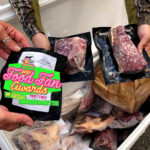Jason Sandford
Jason Sandford is a reporter, writer, blogger and photographer interested in all things Asheville.
Here are two quite different views of what’s happening on the craft brew scene. The first is a rather booster-ish take by The Beer Guy:
ASHEVILLE – The Asheville craft brewing scene, already flowing like a mighty river with six breweries, has two more operations in the works.
The Wedge Brewing Co. is expected to open in April in the French Broad River Arts District, and the LAB — Lexington Avenue Brewing Co. — is aiming to start sometime this year, adding to Asheville’s thriving beer scene. In October, the Hops and Vines beer shop opened in West Asheville, followed in January by the Thirsty Monk, an all-Belgian beer pub downtown. In January, the Bruisin’ Ales beer store on Broadway Street was ranked by visitors to a Web site as the world’s second-best beer retailer.
Wedge Brewing, in the lower back level of the Wedge Gallery building, is likely to be a growth catalyst along the French Broad River, said Karen Cragnolin of RiverLink, the nonprofit organization that works to boost business and recreational use of that waterway. “It creates another destination on the river,” she said. “We have parks, we have 12 Bones (barbecue restaurant), we have the Clingman Avenue Café and The Grey Eagle (Music Hall). And this will be another reason to go down there.”
“Asheville is the beer city of the South,” said Sean Wilson, leader of the Pop the Cap organization, which overturned North Carolina’s old law limiting beer strength, and now promotes craft brewing across the state.
In contrast, this story offers some context about how small brewers are growing and changing, all in an effort to compete:
NEW YORK — In the days when Bud was king, craft beer brewers saw themselves as artists, not executives.
Now, with growth of craft beers dwarfing that of the major domestic beer brands, more craft brewers are developing annual plans, assessing markets and generally behaving like the suits at megabrewers such as Anheuser-Busch Cos. Inc. and Molson Coors Brewing Co.
“When this industry started, it was started by a bunch of engineers and home brewers,” said Alan Newman, chief executive of Vermont-based Magic Hat Brewing Co. The brewers that have grown “are the ones that have either made the transition themselves to learn how to be more savvy business people or created a partnership with someone who does.”
The consumer might wind up being the biggest beneficiary of the emergence of the craft brewer as executive as more companies use their new skills to secure distribution contracts that allow them to offer their beers to a wider audience. The business know-how is also helping brewers negotiate supply contracts for ingredients — a necessary skill in a period of sharp price increases for commodities and packaging materials.
According to market research company Information Resources Inc., craft beer volume grew 13 percent last year. In terms of dollar sales, the craft beer segment grew about 17 percent last year.
In comparison, volume of domestic premium brands, which include Budweiser and Coors Light, fell 0.4 percent while dollar sales rose 1.2 percent.
“The beer category is having this huge surge of interest in full-flavored beers,” said Julia Herz, spokeswoman for the Brewers Association, which represents craft brewers.
…
Peter V.K. Reid, editor of the beer industry trade journal Modern Brewing Age, said Newman’s idea to bring on an experienced business partner is becoming more and more common. Craft brewers have “attracted top-notch management people,” Reid said
Some craft brewers are learning the business themselves. For many, the shift has less to do with increasing distribution and more to do with survival.
The cost of barley, wheat and packaging materials has all gone up in the past year because of crop disease, drought and demand for ethanol, which has enticed farmers to plant more corn and less of everything else.
The higher costs and a drought-related hops shortage have caused many craft brewers to scramble to put together long-term contracts to make sure they can afford ingredients. But suppliers typically need annual projections for demand to make the deal.



















